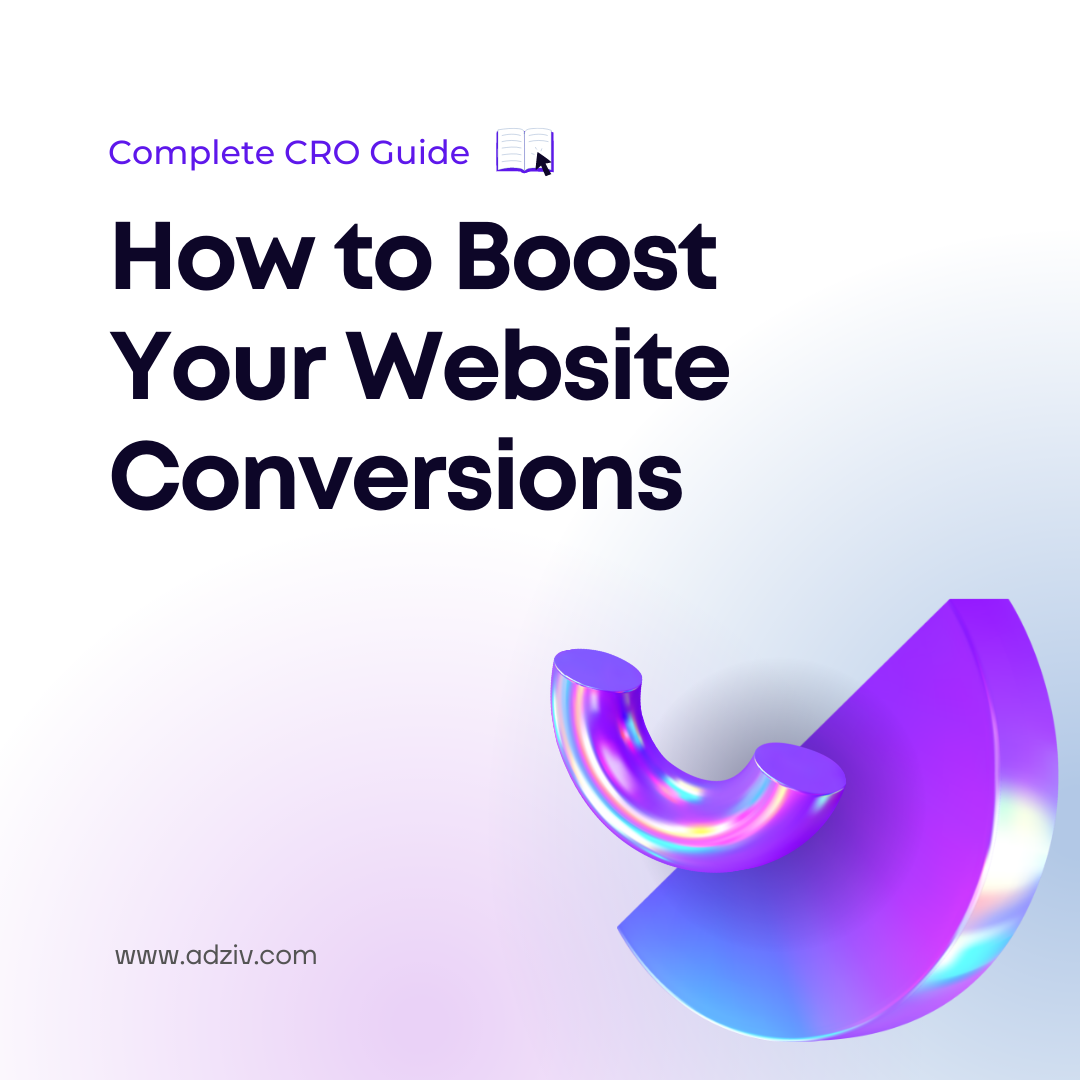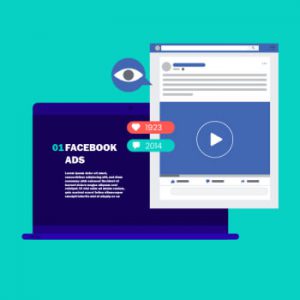Table of Content
Optimizing your website for conversions is a challenging task. If you’re not careful, you may end up with a site that looks good but doesn’t convert well. This can be detrimental to your business. You might get the short end of the stick and miss out on potential sales or leads.
The goal of optimization is to provide an experience on your website that will lead to increased conversions. There are many different techniques you can use to do this. It takes time, effort, and patience to do it right. But if you want more customers and revenue, you need CRO (conversion rate optimization)!
What Is CRO?
It’s important to note that CRO doesn’t just mean conversion rate optimization. Conversion rate optimization is the process of improving your website for conversions by tweaking elements on your site. It includes implementing techniques like A/B testing, conversion funnel analysis, and more. But CRO also encompasses other methods, like SEO and social media marketing.
CRO isn’t easy work. It takes patience and dedication to get it right. But if you want better results from your website, it’s worth the time investment.
The Purpose of CRO
CRO, or conversion rate optimization, is a process of improving the user experience on your site so that more people convert. There are many ways you can do this, including:
- Reducing friction and increasing trust -Increasing perceived value -Increasing visibility -Providing an enjoyable user experience
You want to make it as easy as possible for visitors to convert. If they see what they want in a few steps, they’ll be more likely to buy. You also want to present your products at their best level and show off all the features so that people will be confident enough to buy them.
There are many techniques that you can use with CRO: creative, content, usability testing, A/B testing. It takes time and effort to optimize your website for conversions. But if you want more customers and revenue, CRO is the way to go!
The Principles of CRO
CRO is based on the principles of psychology. You want to get your customers to think about what you want them to think about. So, for example, if you’re selling a camera, you want to make it clear that the customer will be getting a good quality camera and not just an average one. What other ways can you do this? For starters, don’t just sell the camera by itself. Include an extra lens or add on lens kits. This way the customer knows they are getting more than just a basic camera and they will be happy with their purchase. Another principle of CRO is your headline text. Your headline text should be short, concise, and include your company name in it so people know exactly who it is they are dealing with when they go to your site.
Know Your Audience
One of the most important things you can do for CRO is to know your audience. It’s important that you understand who your website visitors are, their needs, and their wants before you start making changes. You need to know what they’re looking for on your site and how they want to interact with it. If you don’t know this information, it will be difficult to make an informed decision on which changes to make. For example, if your customers are mostly older people, then a bright background won’t work well for them. They may have trouble seeing colors or reading text because of eye sight problems or age-related vision impairment.
The best way to learn about your audience is by collecting data from them. This might include surveys, questionnaires, interviews, etcetera. Once you have this information about your audience, you can use it to inform the design decisions on your website so that it meets the needs of people visiting it.
Be Clear and Concise
One of the most important aspects to optimizing your website is being clear and concise. It’s so important to be able to capture your customer’s attention in a few seconds. You need to make it easy for visitors on your site to read your content, sign up for your newsletter, or buy from you. The idea is to get them from point A (browsing) to point B (converted). It’s important that your site is easy for people to navigate and the copy on it is straightforward and readable.
One thing that may trip up potential customers are forms. Forms are necessary for any conversion, but if they take too much time or effort, people might abandon their purchase or opt-in process. To optimize this part of the customer experience, reduce any friction points in the form design and length as much as possible.
Add Value to Your Offerings
One of the best ways to optimize your website for conversions is by adding value to your offerings. To do this, you need to provide a personalized experience. If you have a lot of visitors coming through but few converting, examine the conversion process and offer more of what they’re looking for. Are they not finding what they want? Offer them more information about the product or service. Maybe they’re unsure about their purchase decision? Give them more reason to buy with testimonials and reviews. Is there an added bonus that would help them make their decision easier? Add it!
By providing more value on your site and in your offers, you will increase conversions which will lead to increased revenue for your business.
Testing & Optimization
A/B split testing is a powerful CRO strategy that can help you improve your conversion rates. Split testing is when you set up two different versions of a webpage and show them to two sets of visitors. You then compare the results from each version, and measure which one gets more conversions. A/B split testing works because it helps you determine what changes work best for your website’s conversion rate.
For example, let’s say you sell T-shirts on your website. You want to know what design will convert better so that you can sell more T-shirts. You test out two designs: design X and design Y. The first thing you do is create two versions of your website – version X for people who see design X and version Y for people who see design Y (you’ll be showing one or the other). At this point, half the traffic will see version X and the other half will see version Y. When someone visits your site, they’ll click on whichever link they think is appropriate or will be randomly assigned to whichever design they’re shown based on their own preferences or some other factor like their IP address.
Landing Pages
One of the most common ways website designers improve conversion rates is by creating landing pages. Landing pages are specifically designed to send viewers to a desired conversion point. Landing pages can be designed to convert from one specific action, such as filling out a form or signing up for an email newsletter.
There are many different types of landing pages, but there are two main categories:
- Lead generation – these include registration and lead capture forms, quizzes, or surveys
- Sales – these include product offer and sales page
If you want to convert your visitors into leads or sales, you need to have a landing page set up on your site!
Dynamic Content
One of the most important CRO strategies is to create dynamic content. What does that mean? It means that you’re going to be updating your website content regularly so it always speaks to your audience and provides them with the information they need.
For example, if you sell new cars, you might want to update the page about new car deals as soon as there’s a new deal available. This way, when people come to your site looking for this information, they’ll find it right away. They won’t have to search around for it or wonder if your site has already been updated. By updating content regularly, you can ensure that your website remains fresh and up-to-date.
You should also use dynamic content in other ways on your website. For example, you could change banners on the homepage every once in a while or update blog posts with recent developments on topics relevant to your target audience. When using this strategy, make sure that any changes are relevant and noticeable by visitors so they know something has changed since their last visit.
Conclusion
CRO is a process that is used to improve the conversion rate of your website. It’s a process that takes time and effort to see results. The more you put into it, the better your results will be.
To be successful with CRO, you need to know what you’re aiming for and be clear and concise with your offer. Adding value to your site is also important so that your site visitors are happy with what they get when they make a purchase.
Finally, CRO is about testing and trying new things. The more you test, the better you’ll get at it and the better your results will be.







